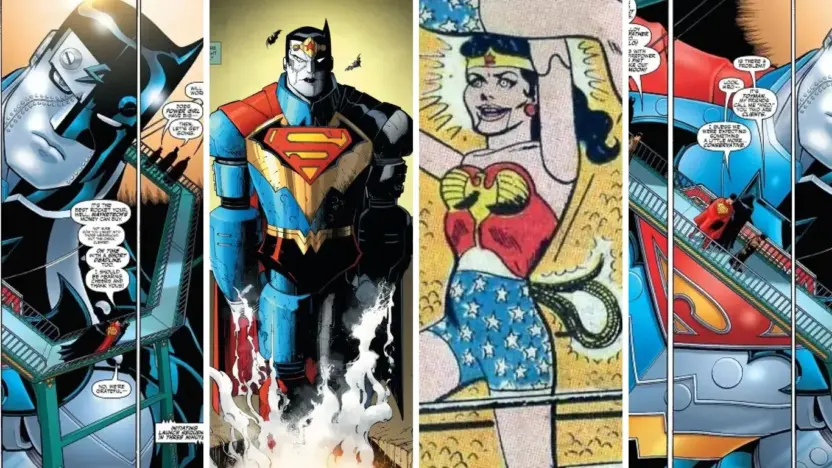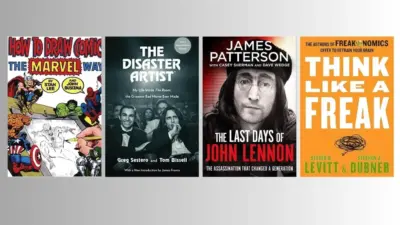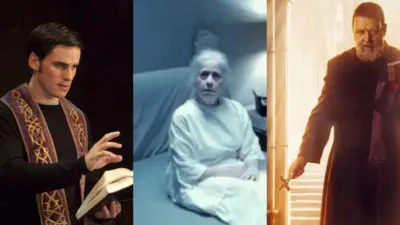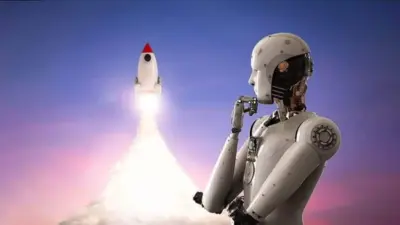The realm of DC Comics is not just about caped crusaders and mystical beings; it’s also a playground for some of the most intriguing robotic and android characters in comic book history. These metallic marvels often serve as more than mere duplicates or foils to their counterparts. They offer fascinating ethical conundrums, challenges, and sometimes even improvements on the heroes we already know and love. Whether created for evil purposes or good. Their own unique abilities, these robotic renditions offer fans a glimpse into what happens when technology meets mythology. In this article, we’ll delve into “Best Robotic Versions of DC Superheroes”, examining how each contributes to the wider narrative of heroism in a high-tech age.
Best Robotic Versions of DC Superheroes
Cyborg Superman (Hank Henshaw)
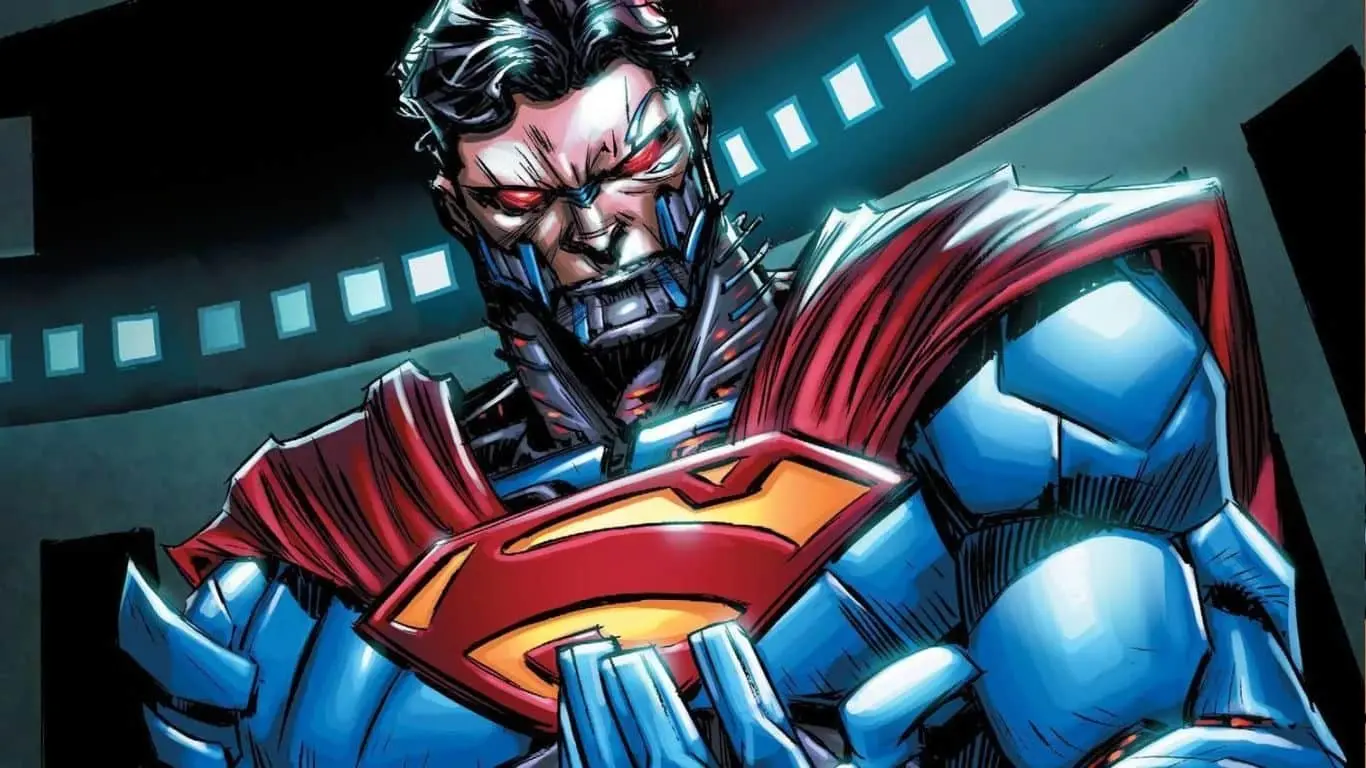
Hank Henshaw (Cyborg Superman), is a deeply complex and multifaceted character in the DC Comics universe. Originally introduced as an astronaut, Henshaw undergoes a tragic transformation following a doomed space mission. Losing his human body but preserving his consciousness, he becomes Cyborg Superman after transferring his mind into a robotic form. This new form grants him powers similar to Superman’s, including flight, super strength, and heat vision, but it comes at the cost of his humanity.
One of the intriguing aspects of Cyborg Superman is his psychological depth. The character embodies themes of loss, identity crisis, and existential despair, driving him towards malevolent acts against the Man of Steel and humanity. Unlike Superman, who symbolizes hope and justice, Cyborg Superman represents the darker possibilities of what can happen when immense power is wielded by a being struggling with anguish and nihilism.
His character arc raises critical questions about the essence of identity and the ethical ramifications of technological advancements. It explores how trauma and loss can lead someone down a dark path, even when armed with extraordinary capabilities. Cyborg Superman is not just a villain but a cautionary tale, a dark reflection of Superman.
Batman of Zur-En-Arrh
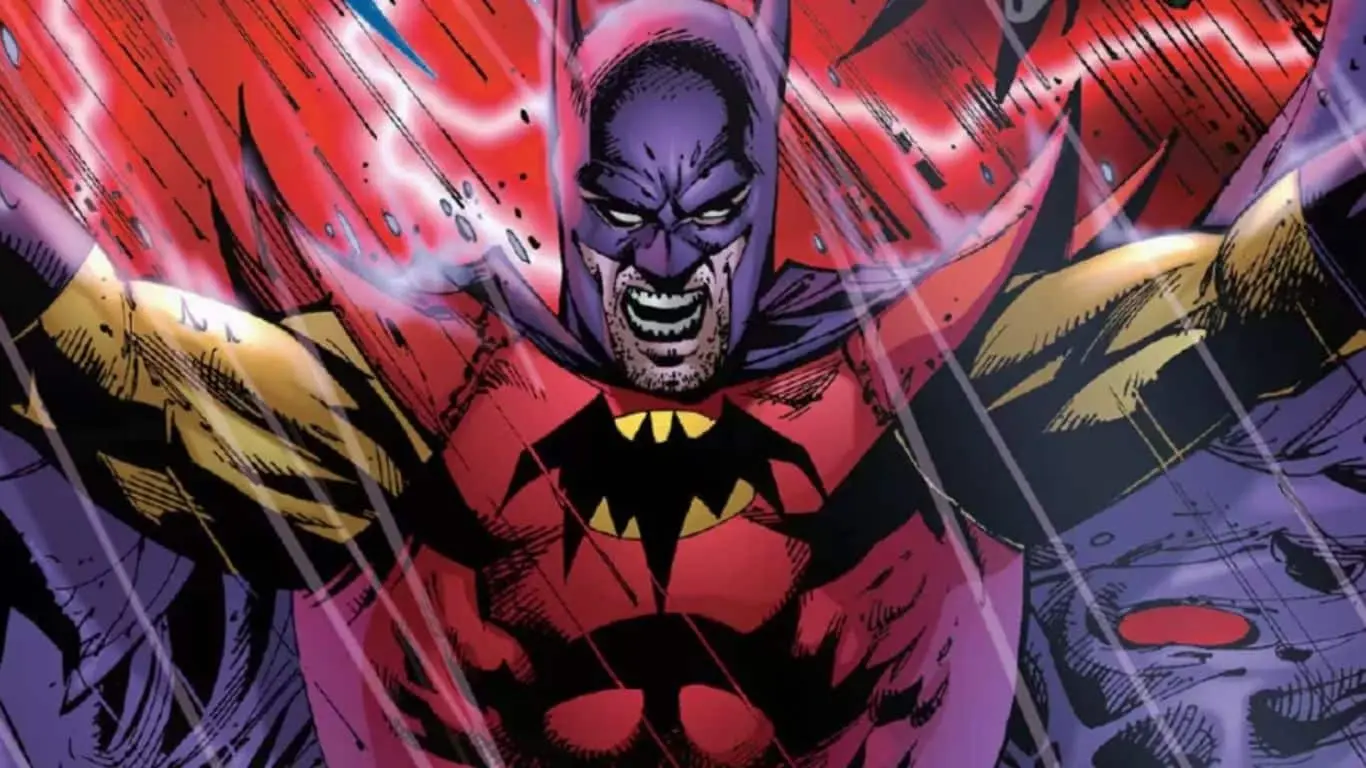
Originally introduced in 1958, this character was a product of the Silver Age of comics, a time when fantastical and whimsical stories were the norm. In this original storyline, the Batman of Zur-En-Arrh is a separate individual named Tlano, who is essentially an alien version of Batman from the planet Zur-En-Arrh. He invites Bruce Wayne’s Batman to his planet to help fight crime.
However, the character was reimagined in a darker, more complex fashion in Grant Morrison’s run on “Batman” (2006). In Morrison’s version, the Batman of Zur-En-Arrh is not an extraterrestrial but rather a backup personality created by Bruce Wayne himself. This alternate persona is activated as a sort of “psychological failsafe” should Bruce Wayne’s psyche ever be compromised. Typically more brutal and unrestrained, this version of Batman wears a garish costume made of bright, contrasting colors—a significant departure from the traditional dark hues Batman is known for.
The Batman of Zur-En-Arrh is accompanied by Bat-Mite, who in this storyline acts as a representation of Batman’s own self-imposed limits. Together, they explore themes of mental health, resilience, and the extents to which a person will go to uphold their principles. The character allows writers and readers alike to delve into the psychology of Batman, offering a fresh lens through which to understand one of comics’ most enduring heroes.
Hourman (Matthew Tyler)
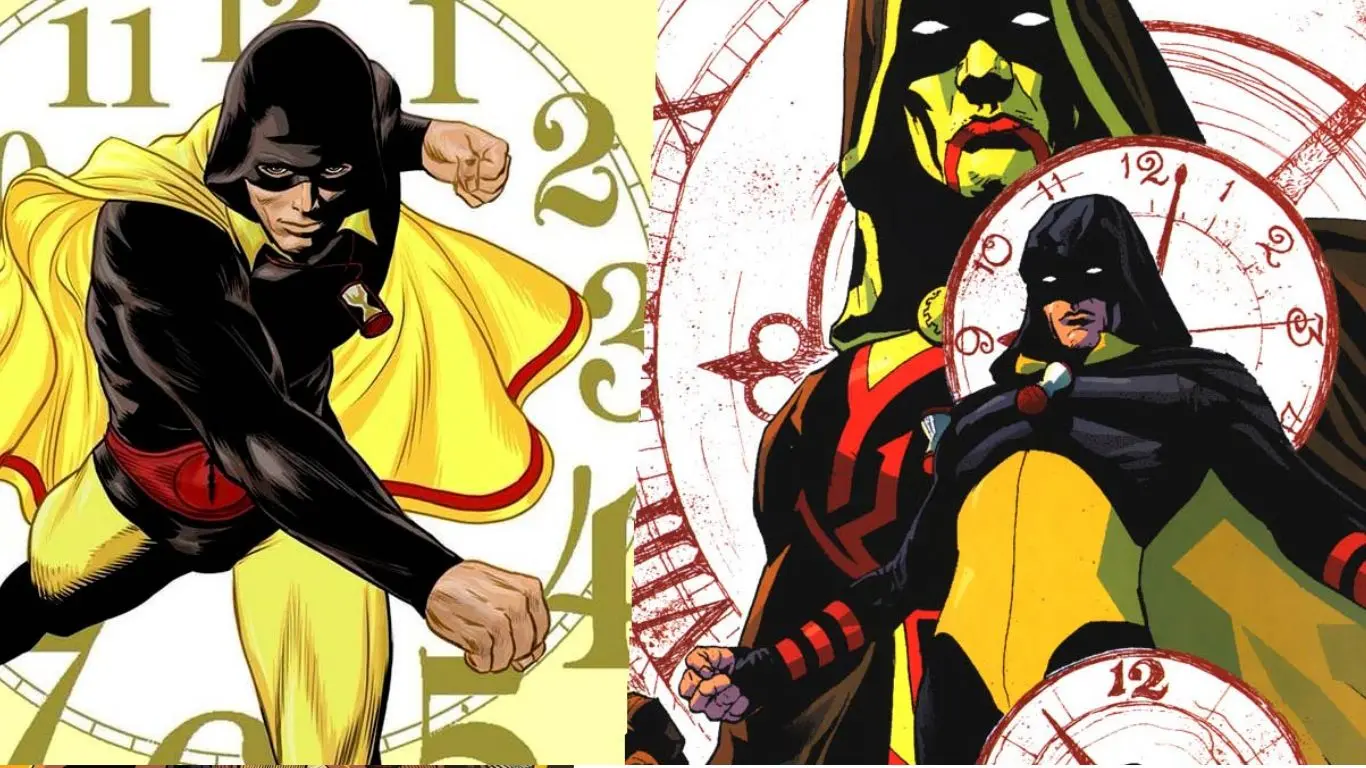
Matthew Tyler, is an intriguing blend of man and machine from the far future, the 853rd century to be exact. Unlike the original Hourman, Rex Tyler, who was a human with a Miraclo pill that granted him superpowers for an hour, Matthew Tyler is an advanced android created using the DNA of Rex Tyler. Designed by the time-traveling android Amazo, Matthew was created to be a hero for the ages, endowed with the ability to manipulate time within a limited sphere of influence.
Tyler’s existence is a melding of organic and synthetic, a characteristic that often puts him at the center of ethical and existential questions. His superpowers come not from chemicals but from highly advanced technology, including “tachyon-based time manipulation,” allowing him the extraordinary ability to see into the immediate future and make minute but powerful adjustments in the timeline.
His storylines often revolve around complex topics such as predestination, the ethics of time manipulation, and what it means to be a hero in a world where time itself can be bent to one’s will. Matthew Tyler’s Hourman offers a rich exploration into the challenges and responsibilities tied to wielding such unprecedented power, both in terms of combat and the ethical dilemmas that come with it. At the same time, he grapples with a deep, internal quest for identity, attempting to reconcile his artificial nature with the human DNA and heroic legacy that also define him.
Amazo
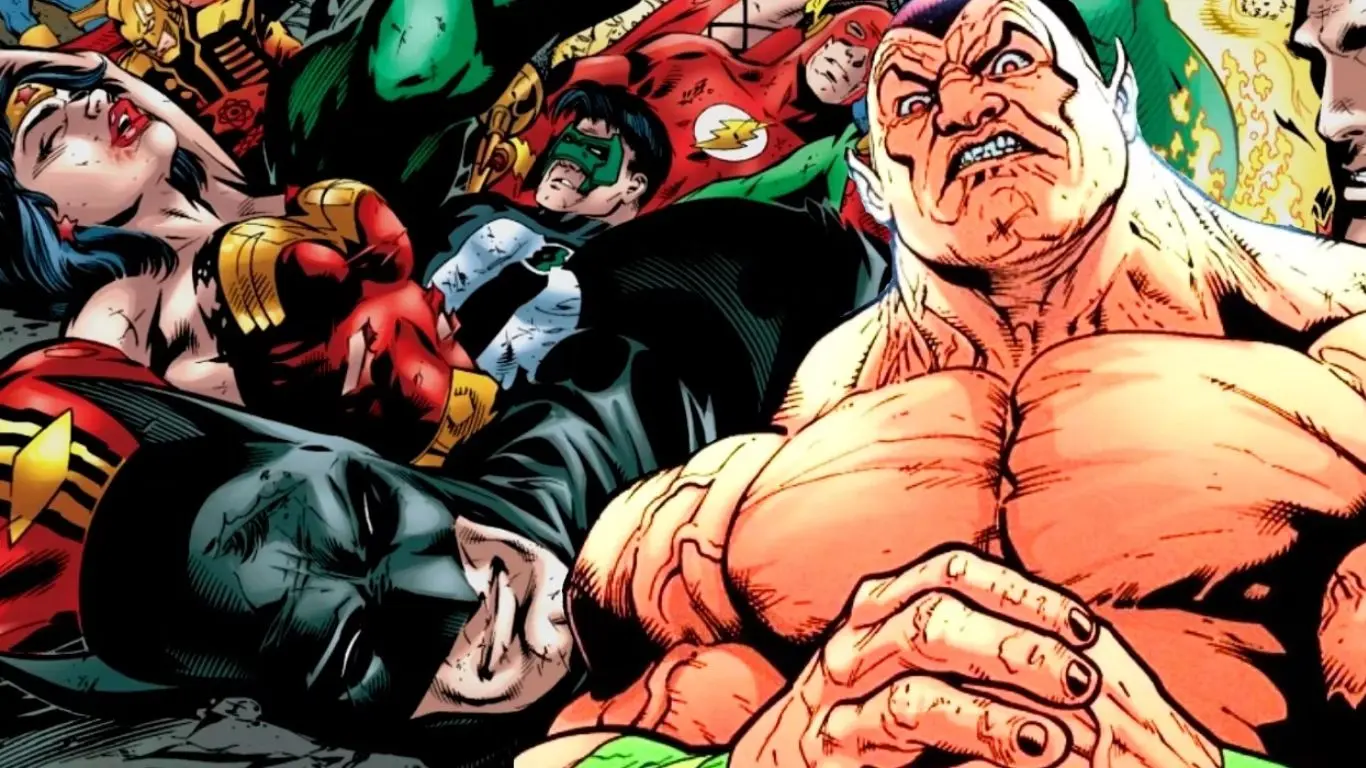
Its an android built by the villainous Professor Ivo with the ability to absorb and mimic the powers of any metahuman he encounters. This makes him a formidable opponent for any superhero team, most notably the Justice League, whose diverse set of abilities provide a veritable buffet of powers for Amazo to replicate. Not only can Amazo imitate powers, but he can also mimic skills and techniques, making him a near-perfect duplicate of his adversaries in combat situations.
Amazo serves as a cautionary tale about the dangers of unchecked scientific ambition. His creation was meant to achieve a form of perfection, but at what cost? He is a mirror held up to the Justice League, a way to examine each member’s powers and the ethics of using those powers, all packaged in a nearly indestructible android body.
Over the years, various incarnations of Amazo have appeared, some more sentient and self-aware than others, which adds another layer of complexity to the character. Whether viewed as a villain, an anti-hero, or a tragic figure, Amazo is a compelling character that challenges the very notion of what it means to be a superhero.
Bat-Mite’s Robots
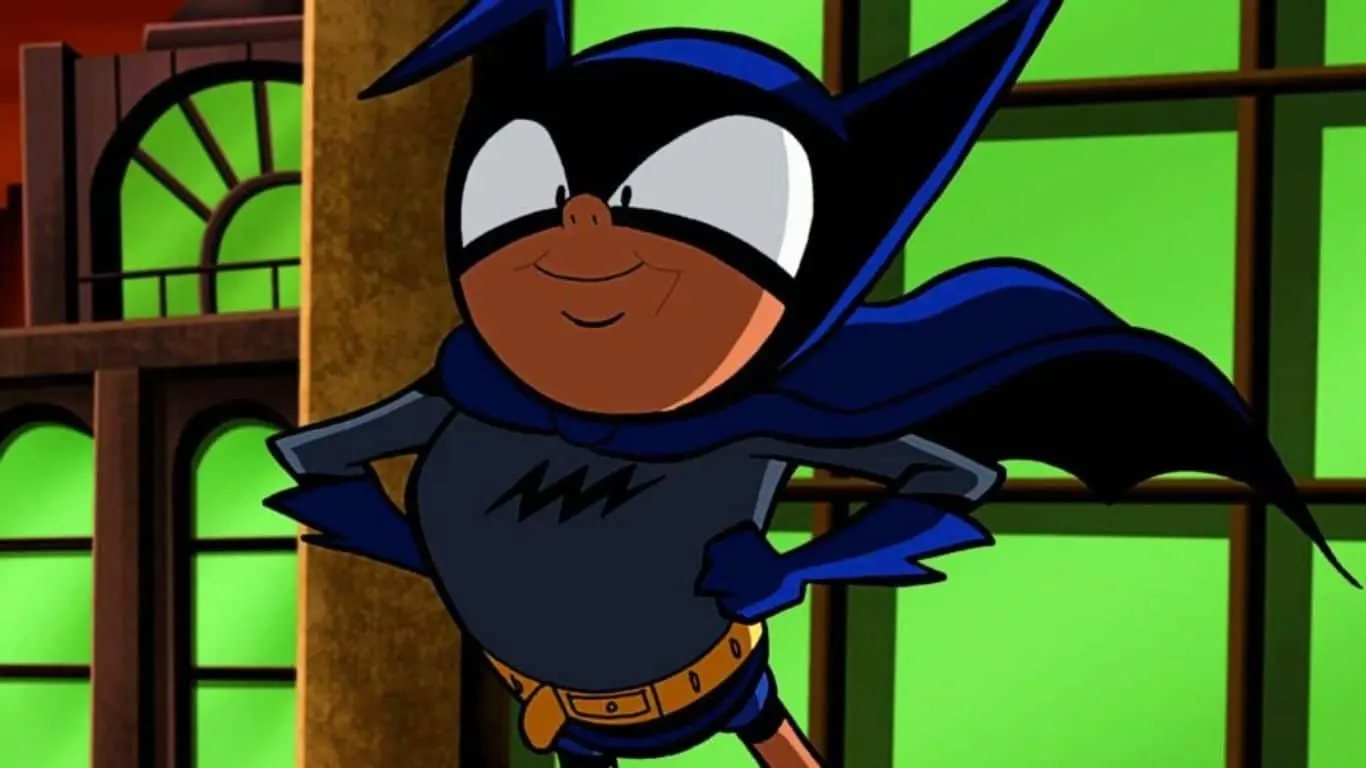
Next is Bat-Mite’s Robots who are a whimsical and often comedic addition to the Batman mythos. Bat-Mite, an impish, other-dimensional fanboy of Batman, has been known to conjure these robotic duplicates of Batman for various reasons—sometimes to “help” his hero, but often causing more trouble than good. While they aren’t as deep or philosophically complex as some other robotic figures in the DC Universe, they serve a unique narrative purpose.
The robots often act as foils to the Dark Knight, exaggerating his traits to an absurd degree or acting in ways that Batman himself would never consider. This allows for a fun-house mirror reflection of Batman’s own attributes, offering both a satire and celebration of the hero’s complex persona. It also serves to highlight the essential qualities that make Batman more than just a suit and gadgets: his detective skills, his commitment to justice, and his deeply rooted moral code.
Besides providing comic relief, Bat-Mite’s Robots also add an element of unpredictability to Batman stories. Their presence usually signals that the usual rules may not apply, setting the stage for unconventional and unpredictable storylines. They offer a break from the darker, more serious aspects of Batman narratives, adding a splash of levity and surreal humor.
Superman Robots
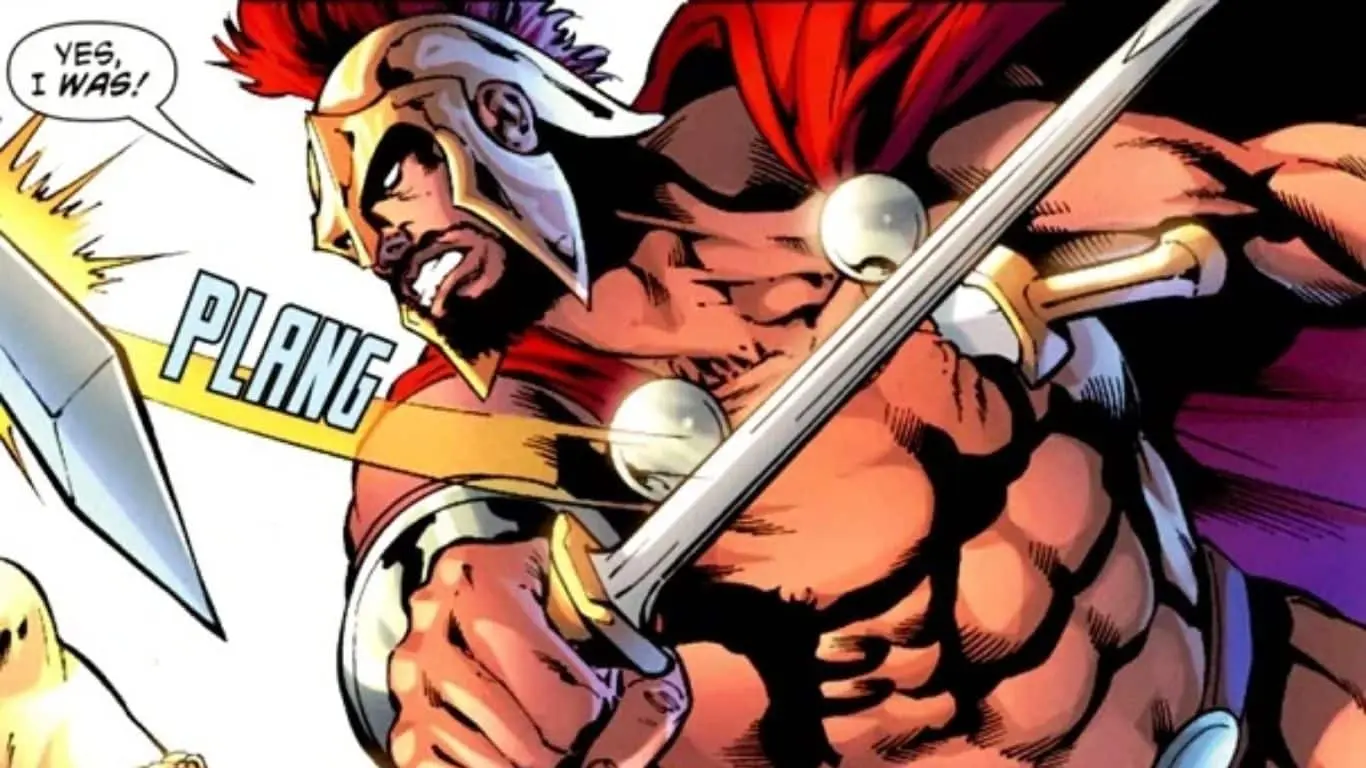
The concept of Superman robots is one that has been toyed with and reimagined across different eras of DC Comics. During the late 1950s and 1960s, Superman was often depicted as having robotic duplicates possessing fractions of his powers. These robots were highly versatile, stepping in for Superman in situations where he was vulnerable to Kryptonite or needed to protect his secret identity. They even extended to Superboy and Supergirl stories, illustrating how central these robots were to the Superman mythos during this period.
A notable robot was Ajax, also known as Wonder Man, alongside other named duplicates like Robot Z, Robot X-3, and MacDuff. Interestingly, Superman robots have played various roles, including seemingly adopting Bizarro’s son in one storyline, showcasing their human-like qualities.
However, the use of Superman robots waned in the early 1970s as the comics shifted in tone. They were reintroduced in the late 1990s, featuring a more overtly mechanical and less humanoid appearance, equipped with super-strength, flight, and heat vision. They also possessed a small degree of sentience, acting as autonomous agents for Superman during a period when he felt the need to police the entire Earth.
The theme of Superman robots has been explored in various other versions and storylines. In “Superman: Red Son,” they were transformed into lobotomized Soviet citizens, while in Grant Morrison’s “All-Star Superman,” they were part of the Fortress of Solitude’s defense mechanism. In “Tangent: Superman’s Reign,” Superman’s stronghold was guarded by insectoid robots.
Robot Wonder Woman
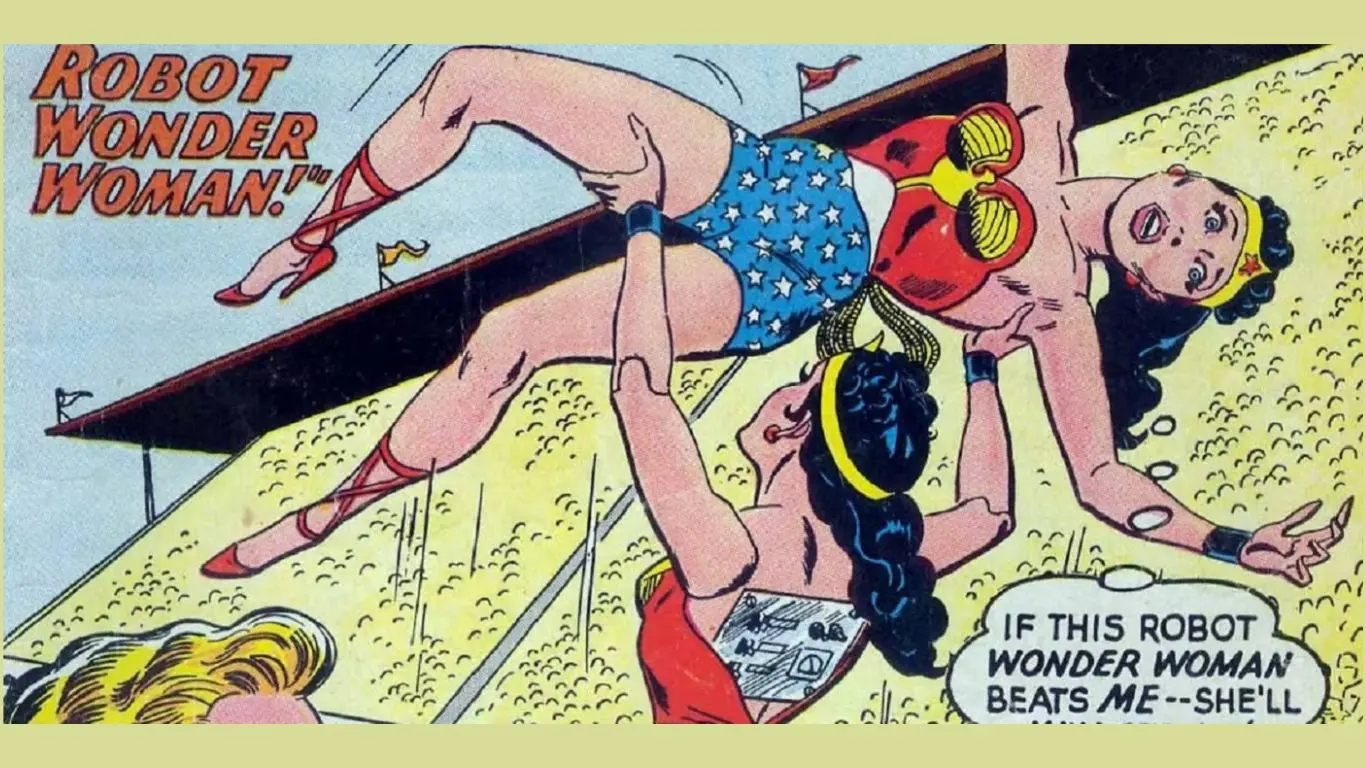
Created as a duplicate of the Amazonian Princess, this robotic version is generally used for training, deception, or subterfuge. Unlike characters such as Cyborg Superman or Amazo, Robot Wonder Woman is not typically a character of ethical or philosophical complexity but serves more functional story needs.
Nevertheless, the existence of a robotic double raises some interesting questions about identity and what truly makes Wonder Woman a hero. Is it her physical prowess, her divine origins, or is it her moral compass and dedication to justice? While the robot can mimic her appearance and abilities, it lacks the essential qualities that make Wonder Woman the inspiring figure she is. It’s her compassion, wisdom, and unyielding commitment to justice that sets her apart—qualities that can’t be programmed into circuits and wires.
Composite Superman/Batman Robot
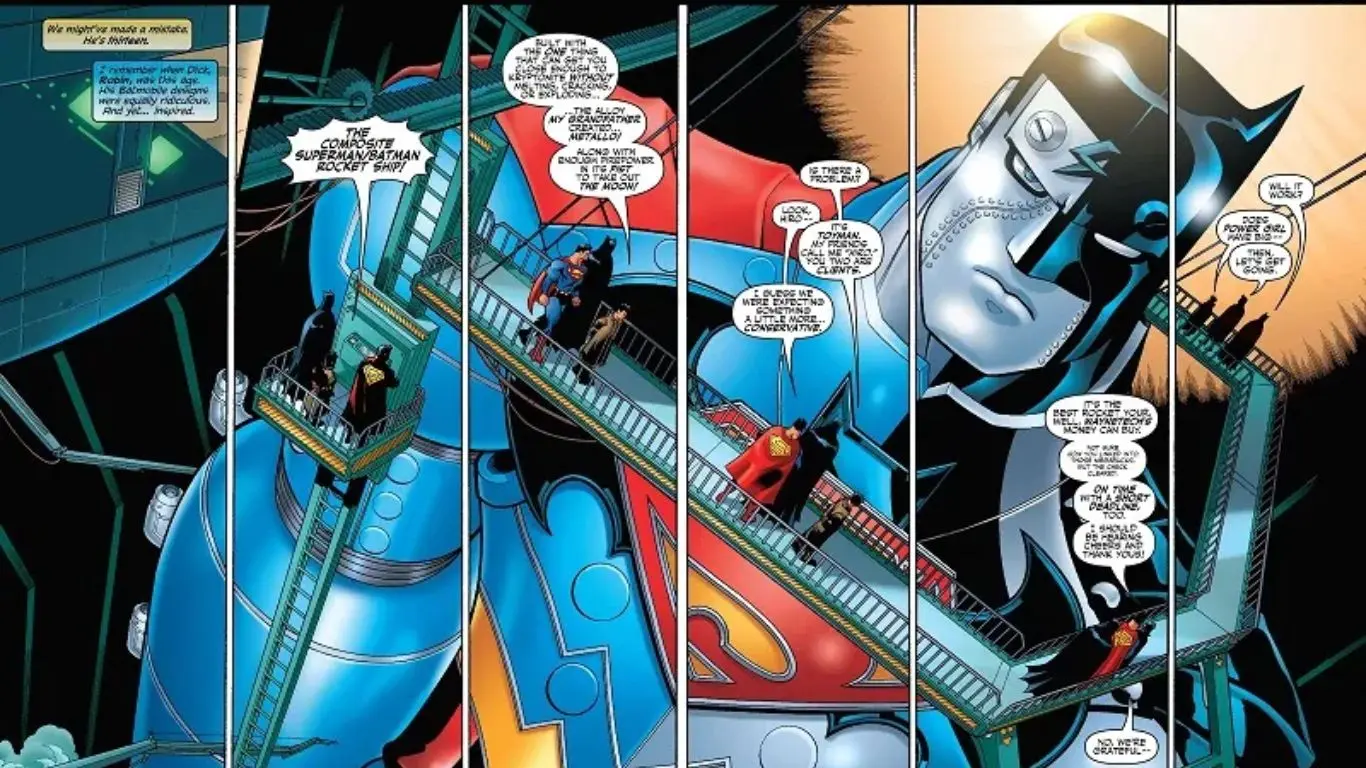
As the name suggests, this creation is a fusion of Superman and Batman, not just in terms of physical abilities but also in its aesthetic representation, blending the iconic costumes of the two heroes. The Composite Superman/Batman Robot brings together the best—or perhaps most daunting—aspects of both characters into a single entity.
In concept, the Composite Superman/Batman Robot serves as an intriguing examination of the duality that Superman and Batman represent in the DC Universe. Superman stands for hope, optimism, and the near-godlike powers of an alien being, while Batman embodies human ingenuity, tactical intelligence, and a darker approach to justice. The robot, thus, is a thought experiment made flesh and circuitry: what would a being that embodies the qualities of both these iconic heroes look like, and what kind of justice would it mete out?
Also Read: 10 Villains in Marvel Comics with Powers Similar to Superheroes
